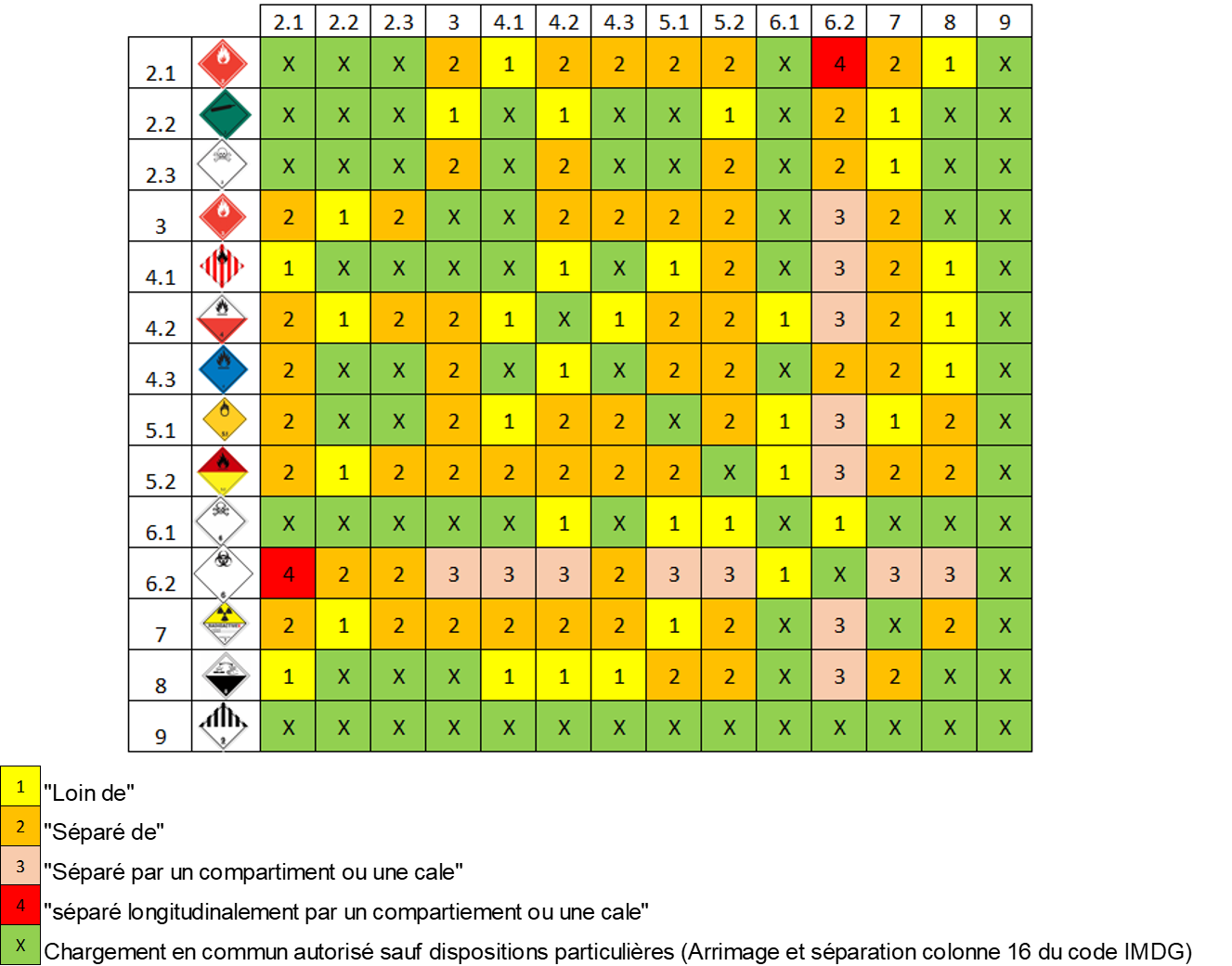Ongoing fire of a container ship in Vancouver with release of toxic fumes.
Declaration of dangerous goods and IMDG code.
A fire is currently ravaging the container ship ZIM Kingston, off Canada, near Vancouver. Two containers of dangerous goods are still releasing toxic vapors.
The crew has been evacuated and the ship anchored.
The day before, a number of containers had fallen into the water, creating a danger zone for other ships, especially those of lesser tonnage. To save the crew, the ship, and the cargo, the captain is entitled to jettison containers.
Shippers must establish a declaration of dangerous goods, in accordance with the IMDG code, as well as the ADR for the pre and post-road transportation part.
Unfortunately, some unscrupulous shippers do not hesitate to send dangerous products or waste without any declaration! This element allows shipping companies to position the various containers safely.
If a fire started in a container, it is probably due to non-compliance with stuffing rules and/or packaging respect. While the rules are clearly defined in the various IMDG and ARD codes, they are not identical, depending on the mode of transport.
Maritime transport is indeed more demanding than the ADR.
Common loading table, by hazard class

The rules for stuffing containers and packaging goods are not to be improvised. It is mandatory to train the various stakeholders, both logistics and administrative staff.
Dangerous Goods Safety Advisers (DGSA) and maritime experts are here to support you and secure your shipments of goods, especially dangerous ones.
Interested in our training programs tailored to your challenges?


 A unique communication solution at the service of businesses
A unique communication solution at the service of businesses